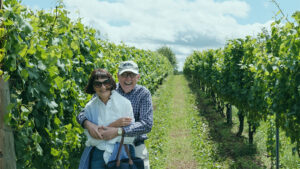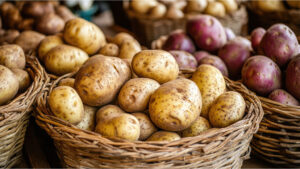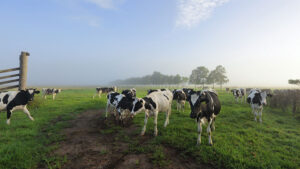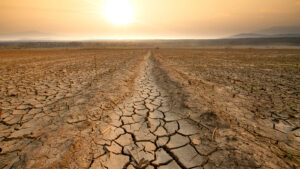Ups and downs of farm values and profitability
As a consumer, you can’t help but notice that fresh food prices fluctuate, sometimes wildly. When cyclone Yasi decimated Queensland banana crops, Cavendish bananas rose 500% to $15 a kilo.
Four years ago, food prices came under a different kind of pressure. Covid-19 created labour shortages, transport difficulties and panic buying. These pushed up food prices as much as 20%.
Then, as a reaction to Covid-19, households cut back on discretionary spending. Inflation fell to near zero. As the pandemic subsided, inflation rebounded dramatically. It peaked in December 2022. Almost every product rose in price. The cost of filling up a shopping trolley climbed nearly 10% from the same time in 2021. Some food products jumped as much as 30% in a year.
Did farmer’s benefit from these price rises? No. Farm profits don’t follow food prices. When consumers pay more at the supermarket, producers don’t necessarily earn more at the farm gate. During Covid-19, farmers couldn’t find pickers. They had to pay more for transport. Most of the price rises happened at the wholesale and retail level.
At the heights of the surge in food prices, the New South Wales Farmers Association surveyed its members. Two-thirds of farmers said they were worse off. Only 12% said they saw an improvement.
At a time when consumers were paying record prices for fresh meat, graziers were being paid 50% less for their animals.
Whilst some price rises could be attributed to labour shortage and increased transport costs, observers increasingly blamed corporate greed for at least some of the extra cost.
The Australia Institute concluded that excessive corporate profits accounted for a big chunk of price rises.
As the price of fresh produce has climbed, families have had to reduce their consumption of meat, fish, fruit and vegetables. Australians now eat about a quarter of the quantity recommended for a healthy lifestyle.
YouGov research showed that 48% of Australians skipped at least one meal each week to try to make ends meet.
If Australians are cutting back on food – and especially fresh food – then that also impacts farmer income when demand for their produce falls.
The federal government was so concerned about the cost-of-living pressure families were feeling that it approved a one-off supplement for concession card holders and tax cuts for lower income earners. It also commissioned former ACCC head Allan Fels to lead an enquiry into price gouging.
So, retail prices are up. Demand is down. Farmers feel they’re worse off. Is there any good news? Well, yes and no.
As food prices rose, so does something else: the value of farming properties. Farmland values grew 20% in 2022. Values continued to grow strongly in 2023.
One of the drivers of this growth was rainfall. It was higher than average, creating ideal conditioners for crops and for grazing.
Of course, farmers only reap the reward of higher farm values when they sell. And whilst values were up, sales were down 34%. But this might change?
As a result of these recent pressures, farmers might be tempted to get out of farming. Demand is down, costs are up, profits are down.
Farmers struggle to get their kids interested in farming. One reason is the observation that it is isn’t very profitable. Another is the knowledge that it is physically demanding.
Farmers can’t attract other young people to take up farming. Research confirmed a disconnect between young Australians and a rural lifestyle.
With no younger generation coming into the sector, the average age of farmers is increasing.
Farming has never been easy. Farmers have rarely been fully appreciated, nor well rewarded. One reason we started IIF was to build a connection between farmers and consumers. Another was to improve farmers’ cash flow.
If you’d like a chance to support Australian farmers, sign up as a member of the Invest in Farming Co-operative. You can do that here.




